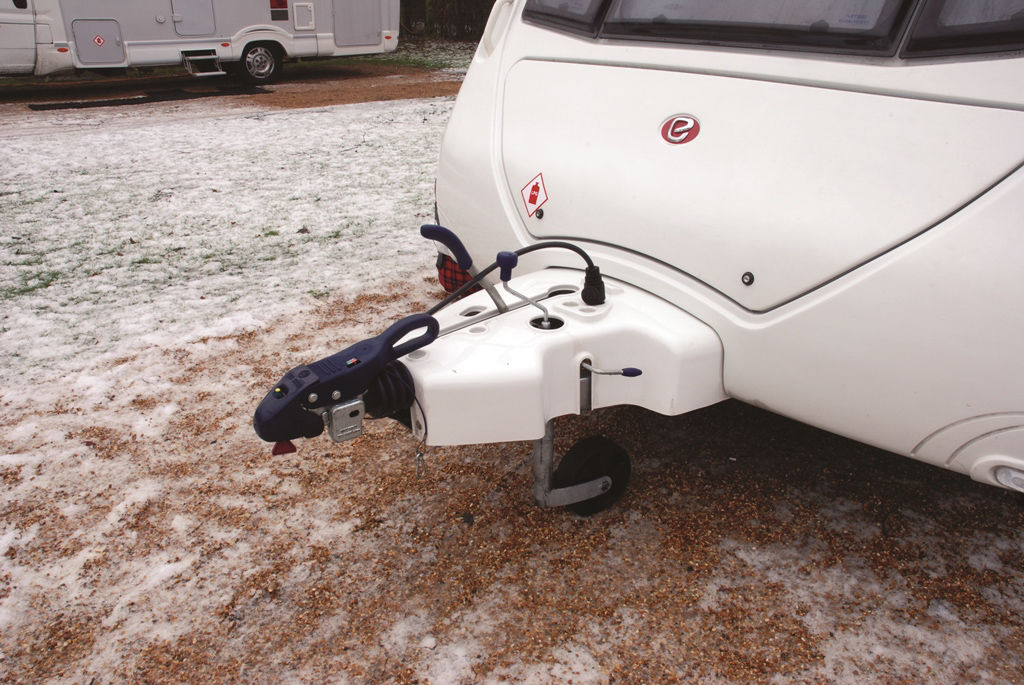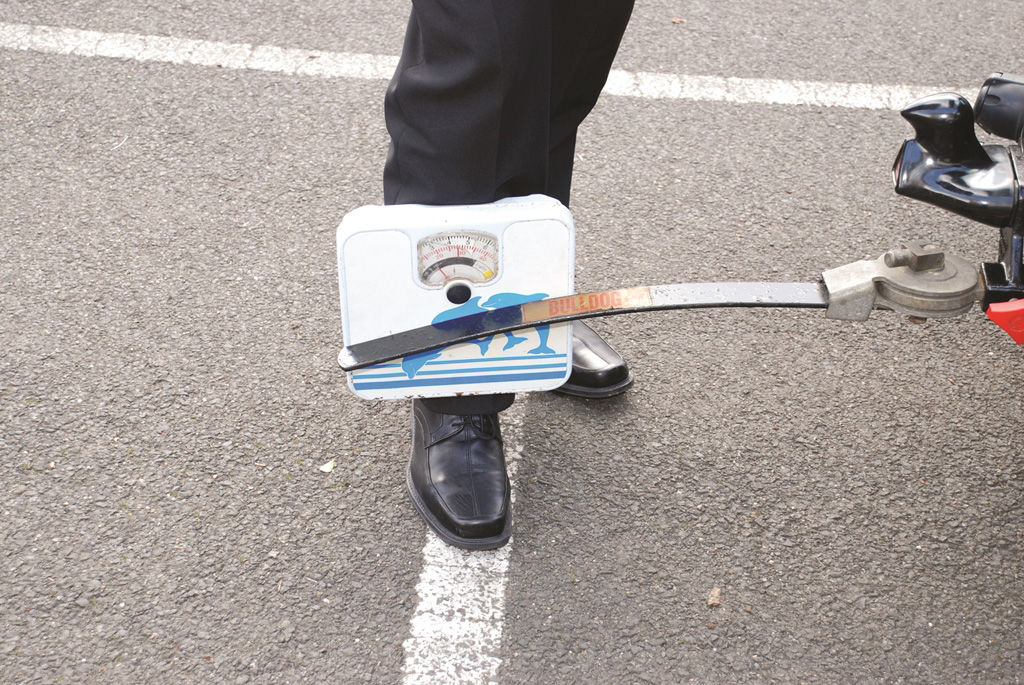Safe towing primarily depends on a good match of car and caravan, but many other factors are important too, such as how you load your car and caravan and the maintenance and driving of the outfit. However, even with the perfect outfit there is still the possibility that a sudden side wind, unexpected pothole or passing a high-sided vehicle can create momentary instability. This is when a stabiliser can help. Benefit from free tow-matching when you join the Club.
The Club always advises caravanners to use a stabiliser, but not as a means of rectifying problems with a poorly-matched outfit or a badly-loaded caravan. It should be regarded as an extra safety precaution that will help if things go wrong.
Even the best loaded and balanced outfit can sometimes be affected by external factors that create unwanted movement, over which the driver has little control and it is then that a stabiliser can help.
There are basically two types of movement that a towed caravan can experience. First is pitching - a vertical movement often experienced after going over a pot hole or sudden dip in the road. This feels alarming but generally will subside quickly when the unit is back on a level surface. It is however uncomfortable for the driver at the time.
Second is the lateral movement known technically as - yaw -, movement of the caravan from side to side relative to the car. According to circumstances this can either be a minor inconvenience that quickly subsides or a serious condition that, if left unchecked, can lead to the extremely dangerous loss of control. This is known as - snaking.
There are now three main types of stabilising devices available - those that use a physical connection such as a blade between the car and caravan, those that are attached to the towball itself, and the latest electronically-assisted systems that use the caravan brakes to keep the unit in line. The first two types depend on some restriction or damping down of the caravan's lateral movement to prevent the initial instability developing into something more serious and are therefore said to increase the critical speed at which instability occurs. The electronically-assisted systems work in a different way by operating the caravan brakes to pull the outfit into line once a set level of instability is detected.
The more stable the caravan is in the first place the less likely it is that a stability device will be needed. The following is not an exhaustive list of stabilisers, as there are other types on the market, but these are the most common.
Blade-type stabilisers

A Winterhoff stabiliser hitch
The simple and inexpensive blade-type stabiliser ruled the roost for many years and there is no doubt it can be effective. This system operates by using a metal leaf spring with a friction caravan's drawbar (A-frame). As the caravan moves sideways relative to the car, the friction pads in the turntable act to resist this movement. The spring itself, being a strong piece of metal, will also provide resistance to vertical movements and thus help reduce pitching.
An angle bracket must be fitted accurately to the caravan chassis in accordance with the instructions to support the leaf spring at the correct location on the A-frame. As drilling of modern caravan chassis is rarely permitted because the metal structure's strength can be compromised, the angle bracket needs to be clamped to the chassis and this may require a cut into the A frame's plastic fairing. Care needs to be taken with some older caravans with aluminium chassis where special precautions are required to stop the steel angle bracket from directly touching the aluminium. At the car end the friction turntable is fitted to a special bracket supplied by the stabiliser manufacturer and attached to the car's towing bracket face plate by bolts. Generally the installation of this type of stabiliser is most suited to a standard fixed-flange towball, although there are clamps available which can be fitted to a swan-neck towbar.

Putting a load on a blade-type stabilser to adjust it
After installation the friction turntable tends to bed down and needs to be checked after a period of towing and at regular intervals thereafter to check that it is tightened to give the right amount of friction for it to work effectively. This can be checked by using a set of bathroom scales held sideways to the spring when it is freed from the caravan - a resistance of about 27-30kg is usually needed for correct operation. Check the stabiliser manufacturer's instructions for the precise amount and how to adjust it (normally done by turning the nut on the top as needed).